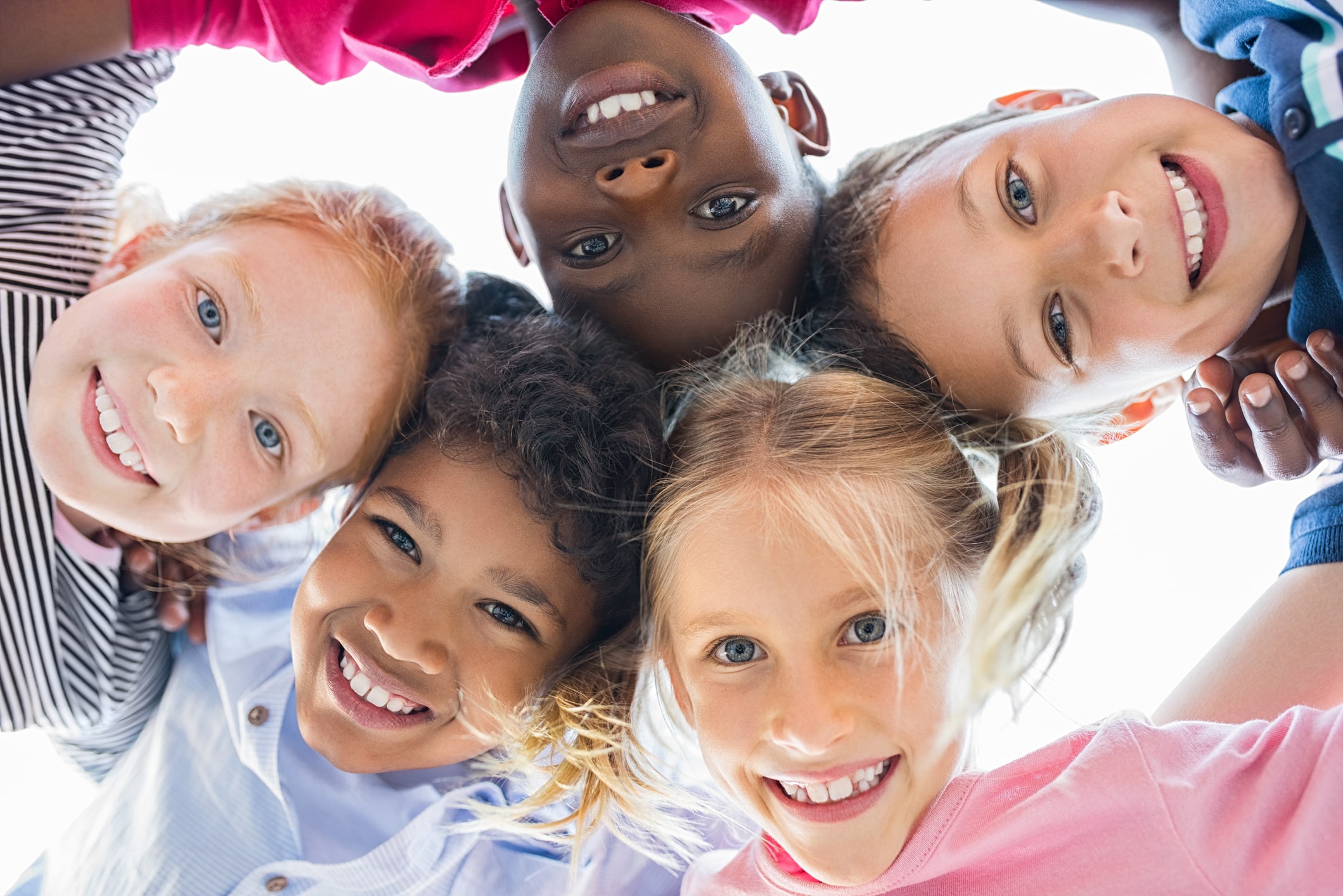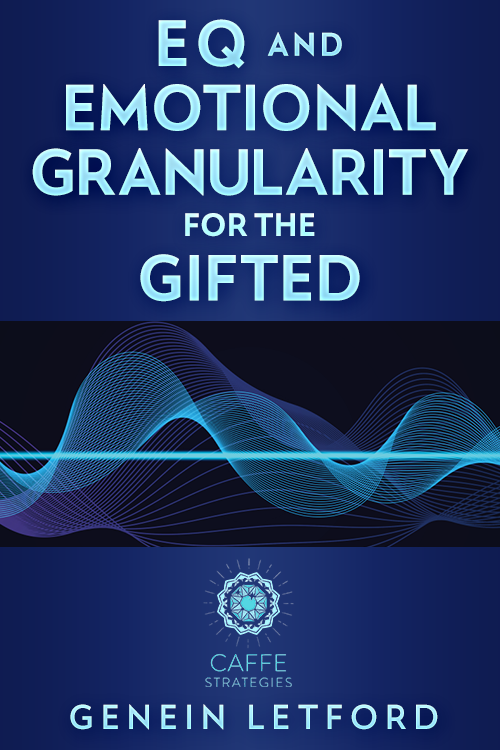A fresh wave is stirring the educational sphere, where creativity intertwines with cultural competency to form what is known as Intercultural Creativity. Genein Letford, an educational trailblazer, brings this innovative concept to the forefront through her course, EQ and Emotional Granularity for the Gifted. Join us as we explore key insights from this enlightening course, focusing on the intertwining concepts of Intercultural Creativity and Emotional Granularity.
Unpacking Intercultural Creativity
Letford describes Intercultural Creativity as “a new term that will be foundational for this next era. It’s the combination of creative thinking and cultural competence.” This concept brings together two core elements: creative thinking and cultural competence. So let’s unwrap these terms.
Creative Thinking
According to Letford, “Creative thinking sits on a certain set of cognitive skills, such as divergent thinking, reframing, and combinatorial thinking.” Simply put, creative thinking isn’t just about generating art, but it’s about using our brains in unique ways to figure out different solutions to problems.
Cultural Competence
The other half of Intercultural Creativity is cultural competence. It’s about understanding and respecting the varying cultures around the world. Having this understanding helps us connect with people from different backgrounds and lifestyles, acting as a bridge between us.
The Intersection of Emotions
Our emotional understanding connects closely with creative thinking and cultural understanding. Letford emphasizes, “Our creativity is connected. Our cultural competence is connected.” To improve these skills, we need to better grasp our emotions. That’s where Emotional Granularity comes in.
Decoding Emotional Granularity
Emotional Granularity might seem like a complex term, but it’s actually quite simple. It’s about accurately identifying and expressing our feelings. When we can pinpoint and express our emotions accurately, it enhances our communication skills, our understanding of ourselves, and even our empathy toward others.
Letford has a unique approach to teaching this. She states, “I have a game that I play with my teachers, and even my students, where I have them look at a person with different emotions.” Engaging exercises like this help us recognize subtle emotional cues, making us more skilled at understanding and interacting with others.
Applying Emotional Granularity in Real Life

When we understand our emotions better, we can communicate more effectively, which is vital in this diverse world. We can also identify the emotions of others accurately, which helps in building stronger relationships. It’s especially crucial for students as they navigate their academic journey and beyond. Better emotional understanding means better academic success, better relationships, and eventually, a better life.
Final Thoughts
Intercultural Creativity is a forward-thinking concept that synergizes creativity, cultural understanding, and emotional acuity. It underlines the significance of understanding emotions for effective communication and empathy.
As Letford puts it, the future needs individuals who are not just creative but skilled in understanding diverse cultures. Her course EQ and Emotional Granularity for the Gifted offers valuable insights on how to foster these skills in ourselves and our students. By doing so, we are gearing up for a future where we can devise novel solutions and connect better with others, irrespective of their cultural backgrounds.


